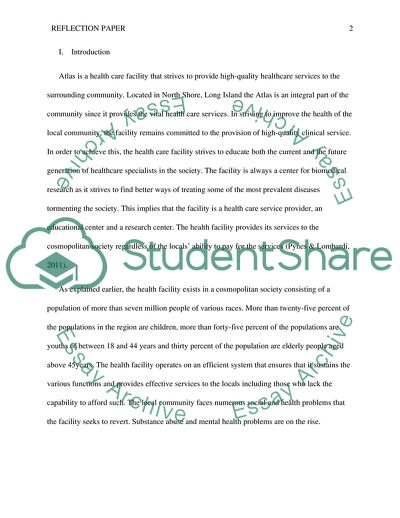Cite this document
(Reflection Paper Essay Example | Topics and Well Written Essays - 2000 words - 1, n.d.)
Reflection Paper Essay Example | Topics and Well Written Essays - 2000 words - 1. https://studentshare.org/human-resources/1857651-reflection-paper
Reflection Paper Essay Example | Topics and Well Written Essays - 2000 words - 1. https://studentshare.org/human-resources/1857651-reflection-paper
(Reflection Paper Essay Example | Topics and Well Written Essays - 2000 Words - 1)
Reflection Paper Essay Example | Topics and Well Written Essays - 2000 Words - 1. https://studentshare.org/human-resources/1857651-reflection-paper.
Reflection Paper Essay Example | Topics and Well Written Essays - 2000 Words - 1. https://studentshare.org/human-resources/1857651-reflection-paper.
“Reflection Paper Essay Example | Topics and Well Written Essays - 2000 Words - 1”. https://studentshare.org/human-resources/1857651-reflection-paper.


